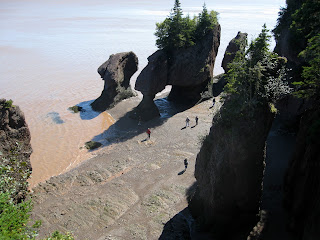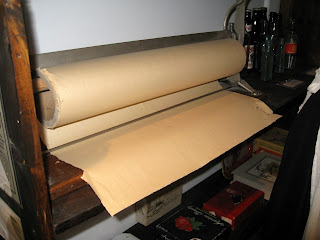Icelandic Horses in Manitoba

Our first stop out of Winnipeg was to see Icelandic horses. About 17 years ago two Arnason brothers decided to fulfill their father's dream to bring Icelandic horses to Canada. The catch was once a horse leaves Iceland it is never allowed to return so as to maintain the pure bloodline.The brothers filled a plane with 87 horses and settled them on a specially built farm where they have flourished in the Canadian prairie climate.To read in more detail about the Arnason's Icelandic horse story click here. The farm manager, Sharon, our guide, has just released these horses from a coral out to a clover pasture. She can't leave them out there for too long or for too often because the clover is like candy for them. Icelandic horses are known to thrive in harsh conditions, forage well for their own food, and grow a very thick coat in winter while living outside. Sharon said they puff up like teddy bears as soon as the weather turns cold. They are the horse breed w





